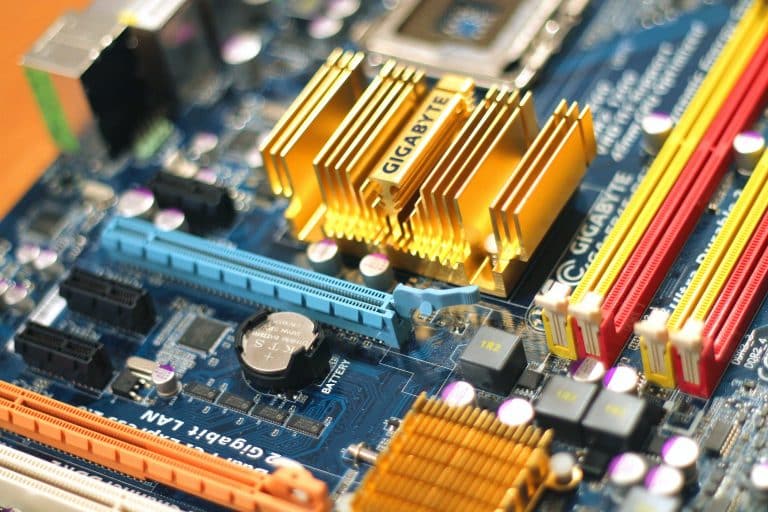Memory is used to store data and instructions. Computer memory is the storage space or vacant space in the computer where data is to be processed and instructions required for processing are stored. We think of it like Human Brain. Memory is the best storage part for computer users to save information, programs and etc.
Computer memory offers several kinds of storage media some of them can store data temporarily and some of them can store permanently. Memory consists of instructions and the data saved into the computer through the Central Processing Unit (CPU).
Contents
Types of Computer Memory
There are two types of Computer Memory which are described in detail as follows:
1. Primary Memory / Volatile Memory
Primary Memory is also called volatile memory because the memory can’t store the data permanently. Primary memory selects any part of memory when the user wants to save the data in memory but that may not be store permanently in that location. It also has another name i.e. RAM.
Random Access Memory (RAM)
The primary storage is referred to as random access memory (RAM) due to the random selection of memory locations and processes. It performs both read and write operations on memory. If power failures happened in systems during memory access then we will lose our data permanently. So, RAM is volatile memory.
RAM is categorized into the following types:
- DRAM
- SRAM
- DRDRAM
2. Secondary Memory / Non-Volatile Memory
Secondary memory is external and permanent memory that is useful to store the external storage media such as floppy disks, magnetic disks, magnetic tapes and etc cache devices. Secondary memory deals with the following types of components.
Read-Only Memory (ROM):
ROM is a permanent memory location that offers huge types of standards to save data. But it works with a read-only operation. No data loss happens whenever power failure occurs during the ROM memory work in computers.
ROM memory has several models such names are following:
- PROM: Programmable Read-Only Memory (PROM) maintains large storage media but can’t offer to erase features in ROM. This type of RO maintains PROM chips to write data once and read many. The programs or instructions designed in PROM can’t be erased by other programs.
- EPROM: Erasable Programmable Read-Only Memory designed to recover the problems of PROM and ROM. Users can delete the data of EPROM through the pass on ultraviolet light and it erases the chip is reprogrammed.
- EEPROM: Electrically Erasable Programmable Read-Only Memory similar to the EPROM but it uses an electrical beam to erase the data of ROM.
Cache Memory:
Last but not the least, Cache Memory provides faster data storage and access by storing an instance of programs or temporary programs and data routinely accessed by the Processor. Thus, when a processor requests data that already has an instance in the cache memory, it does not get reverse to the main memory or the hard disk to fetch the data.
We hope you got enough information about the memory and its types. Do Comment below and share your views about the article.

